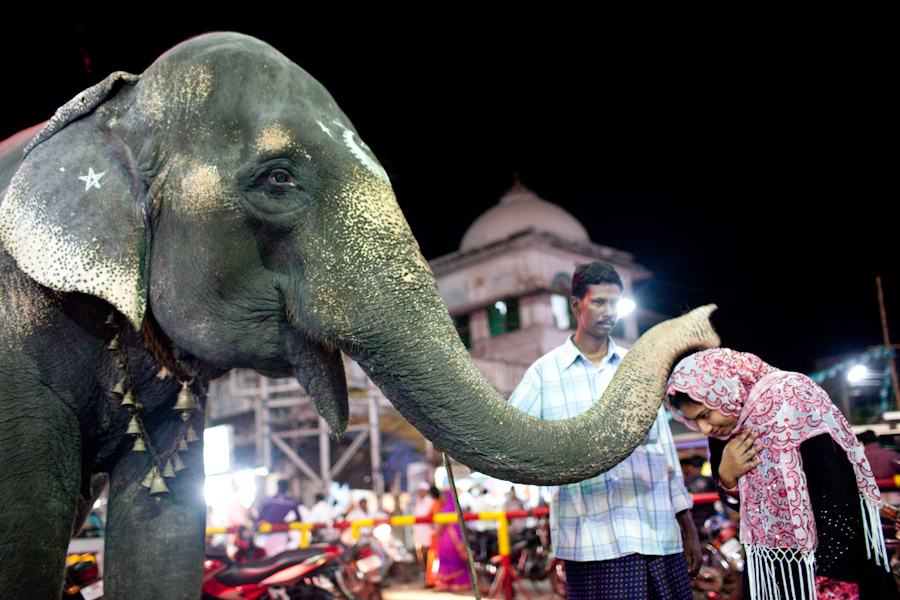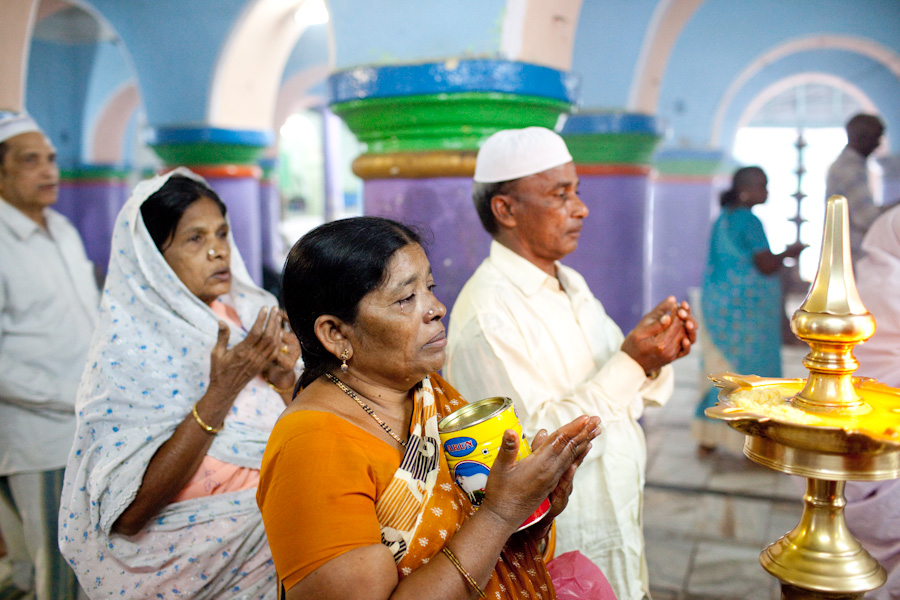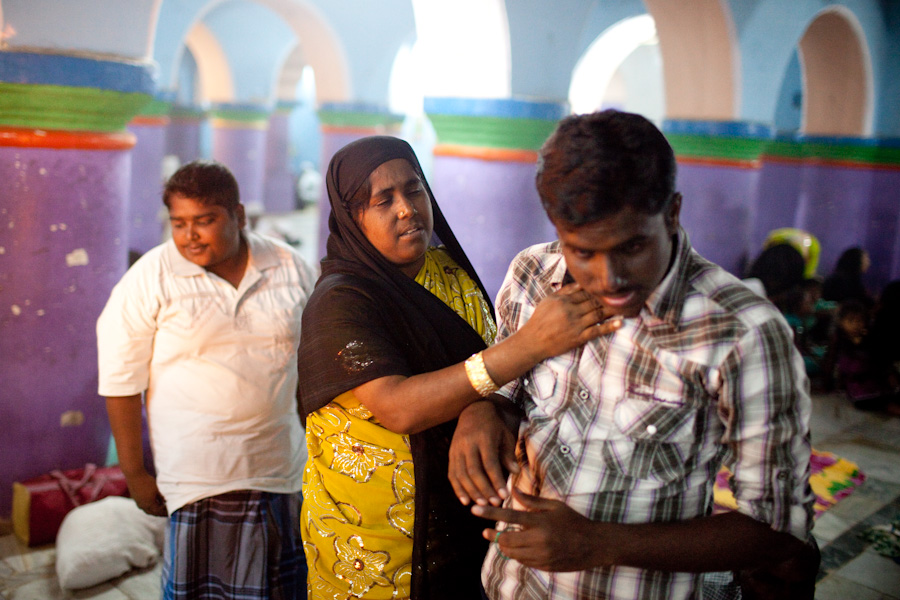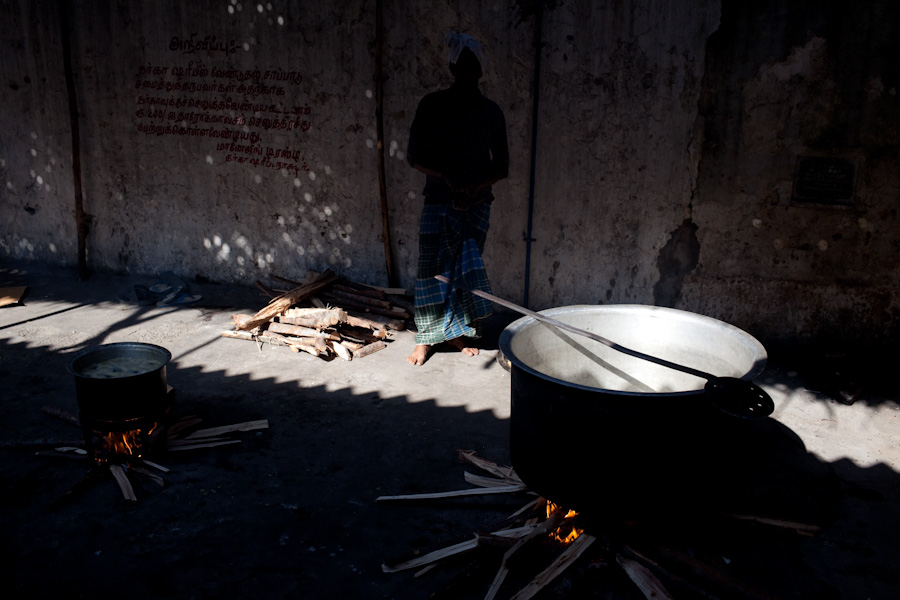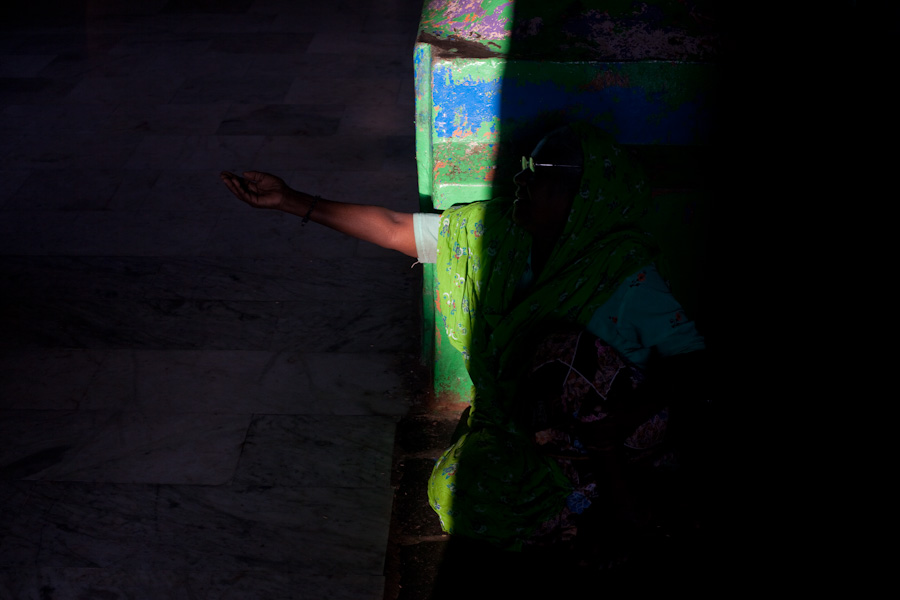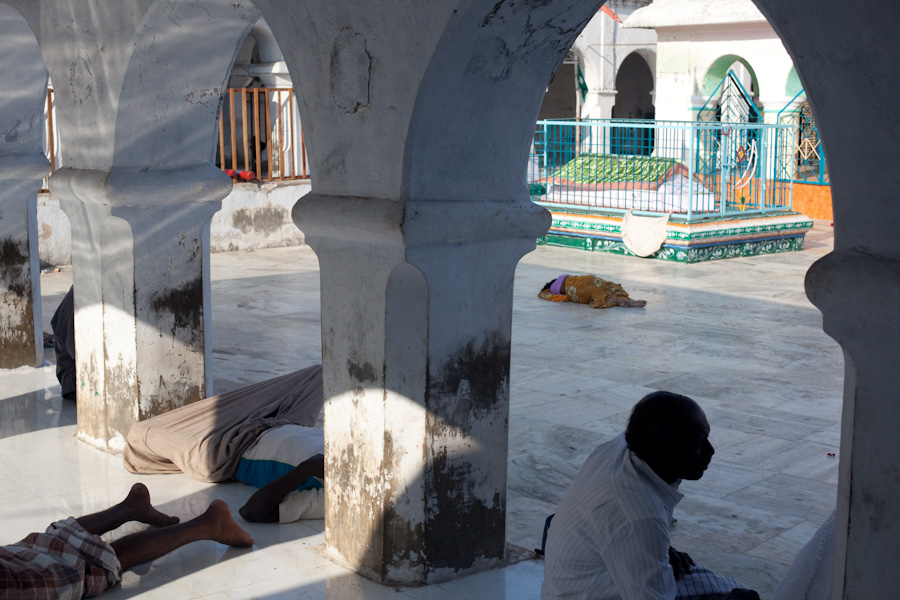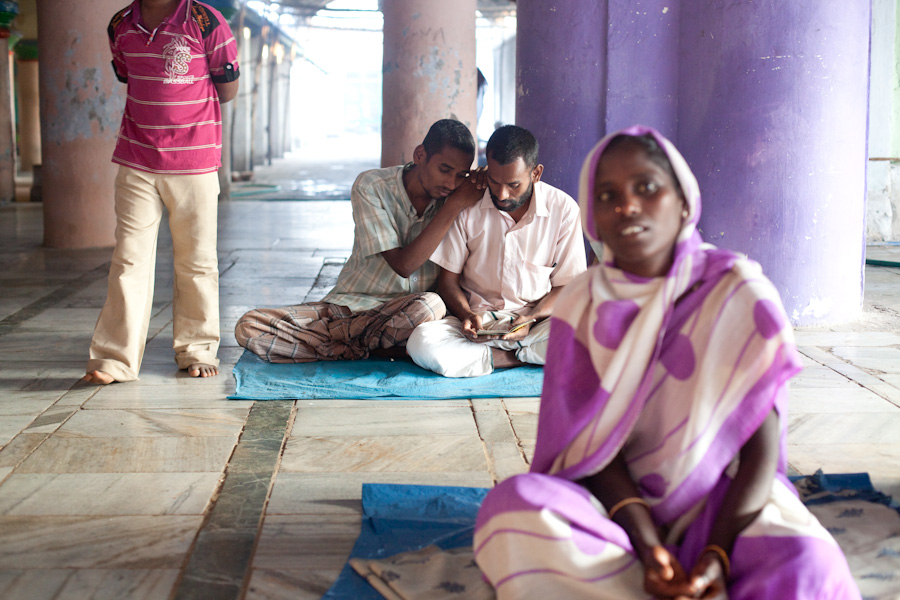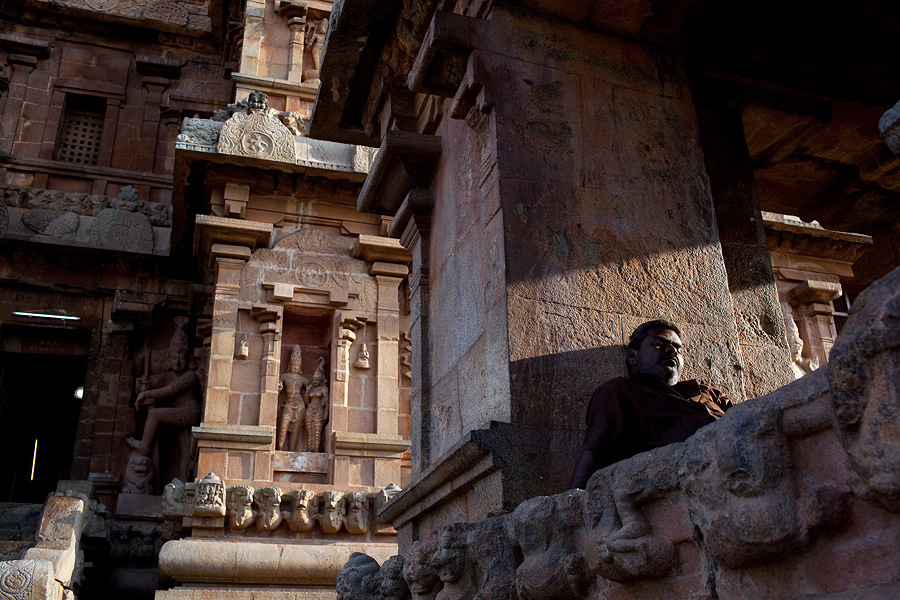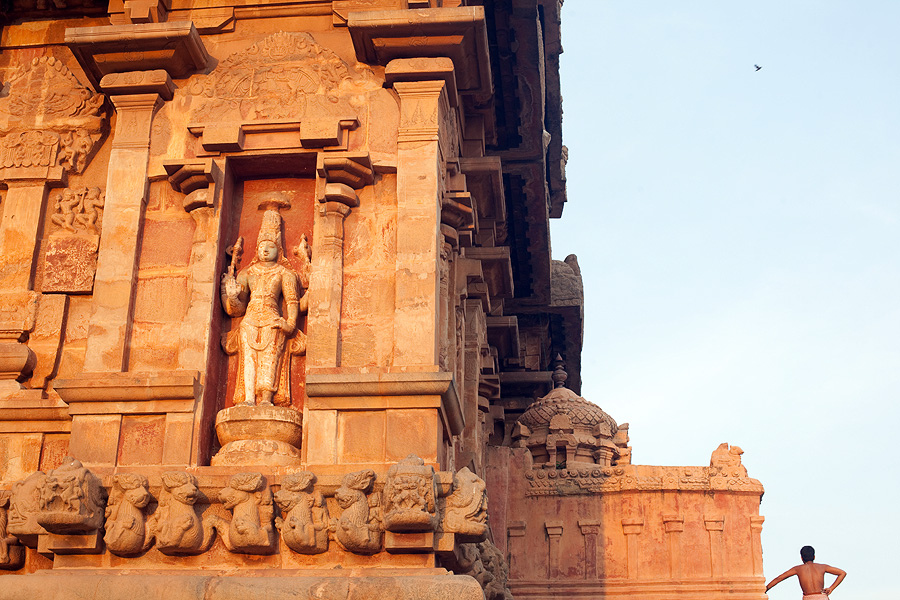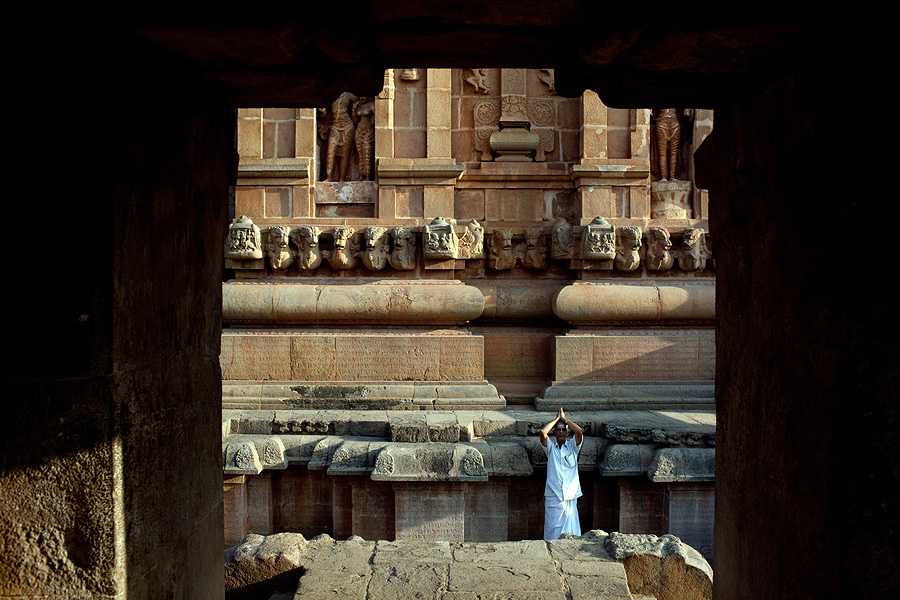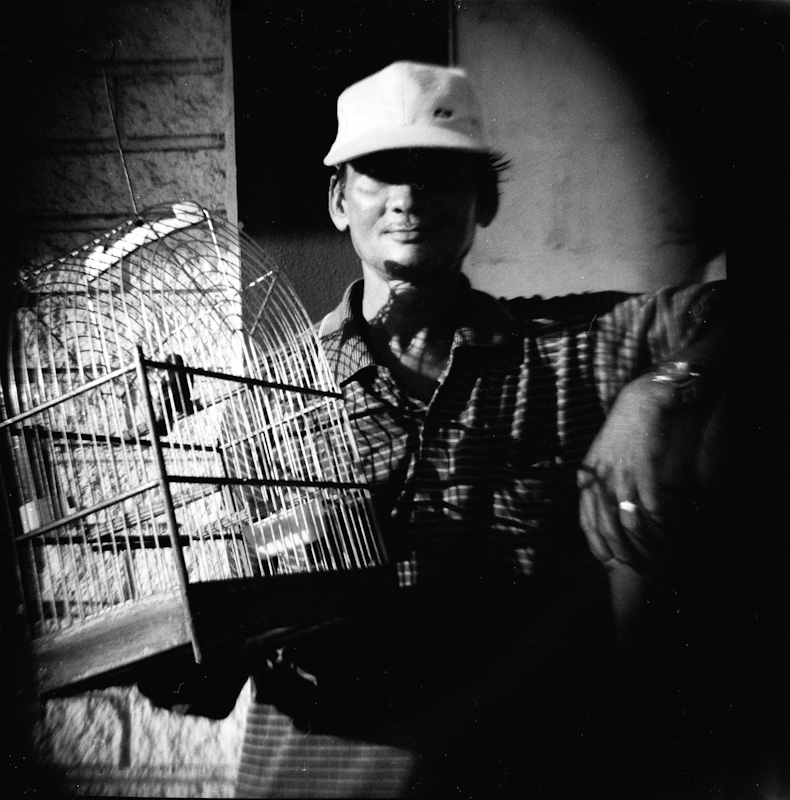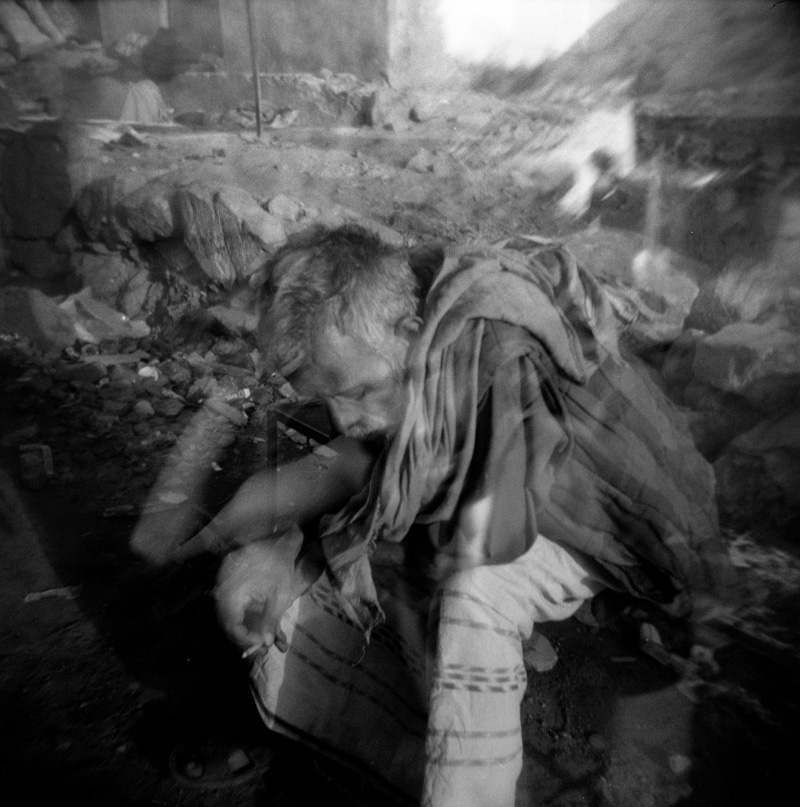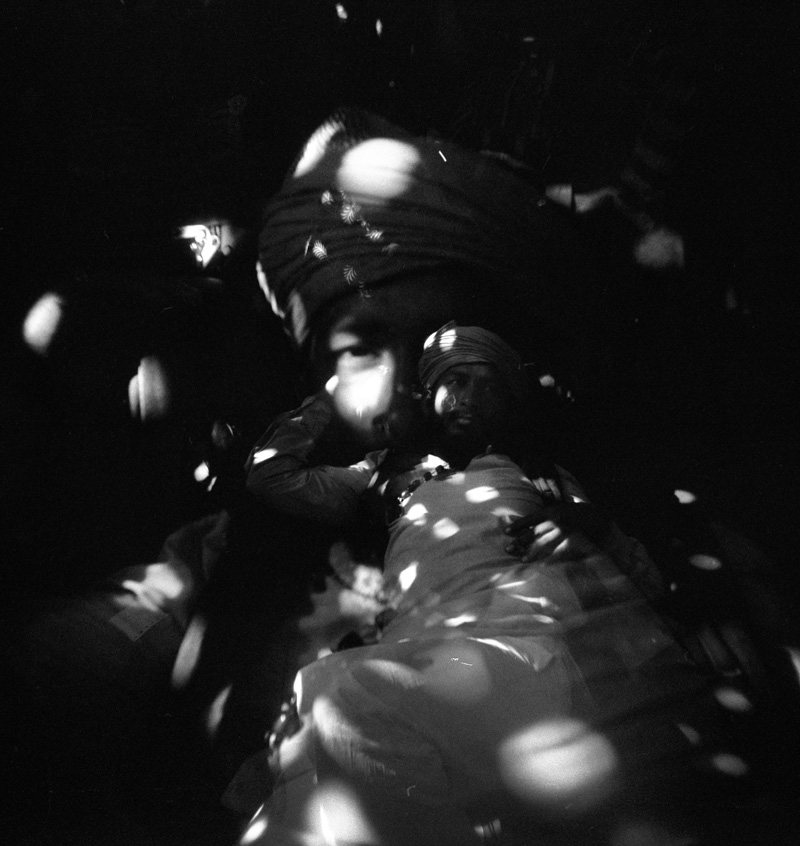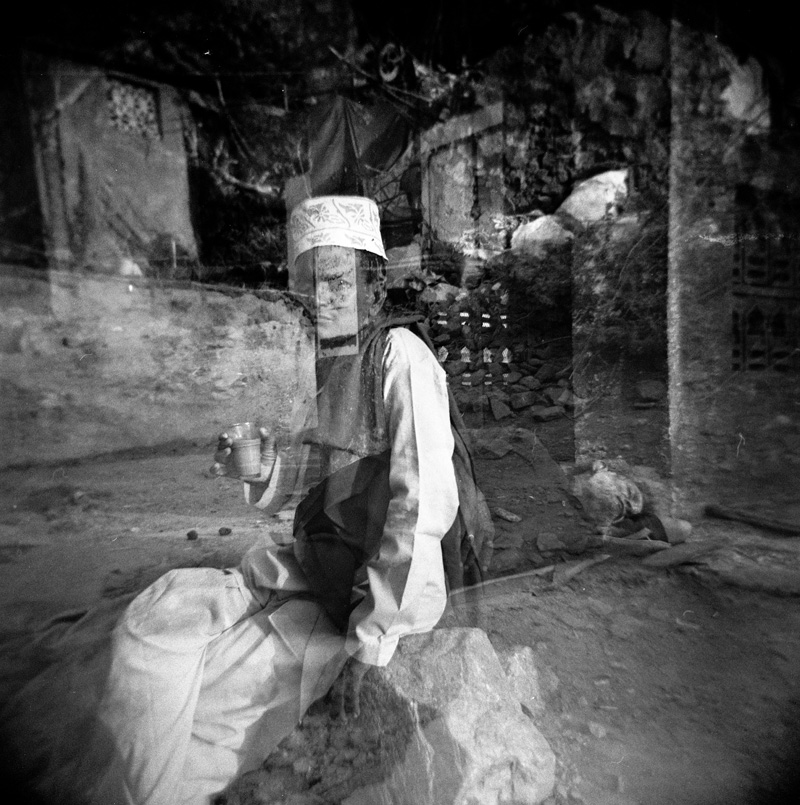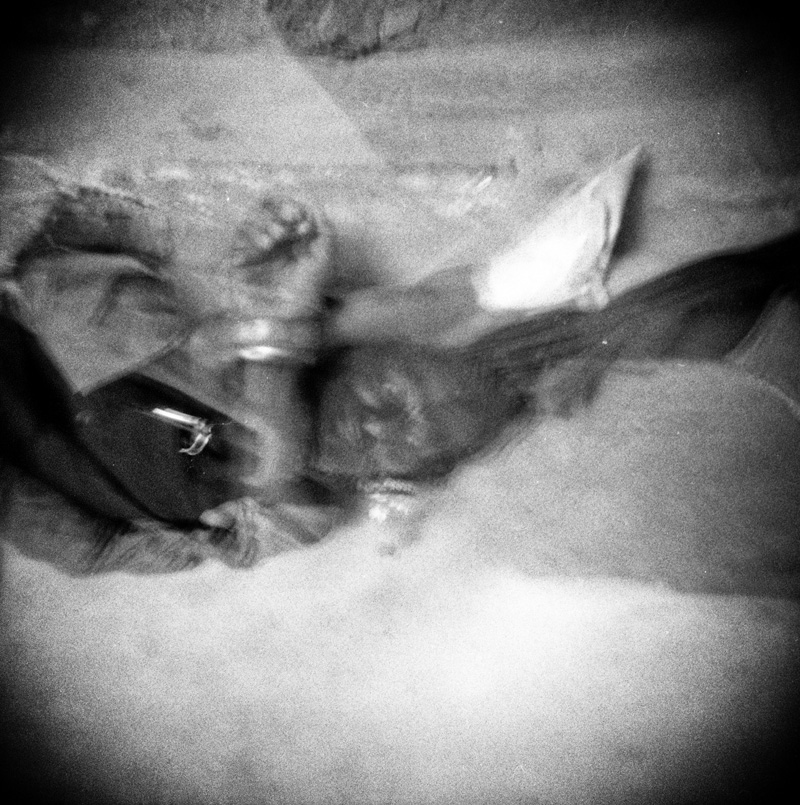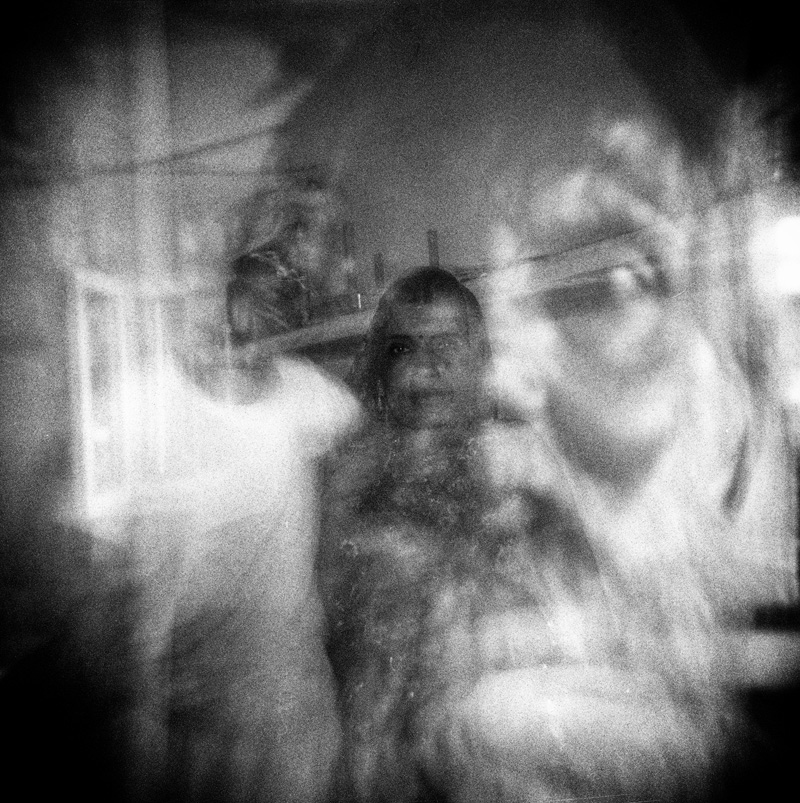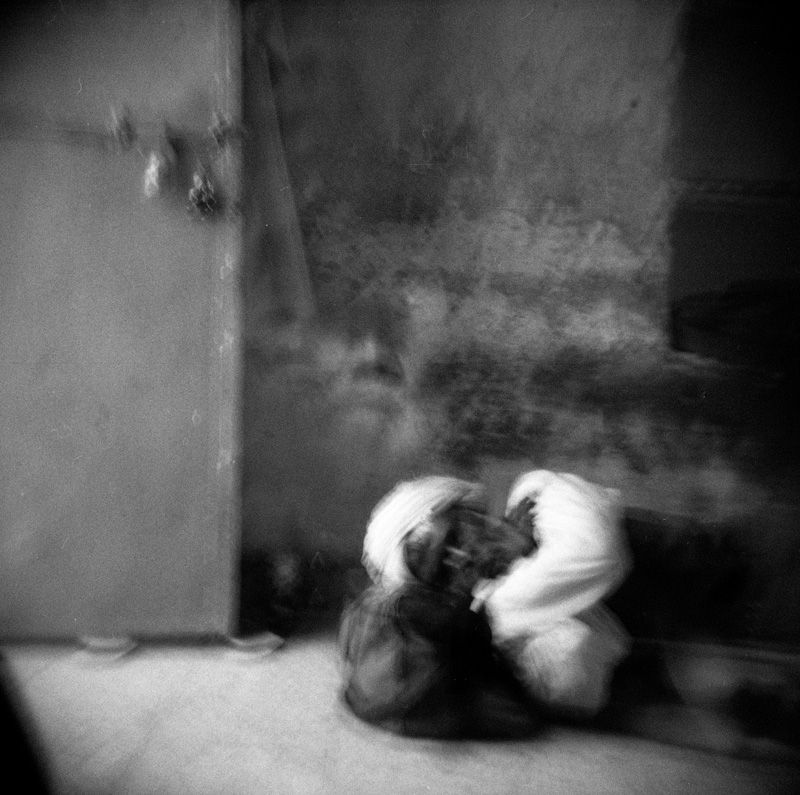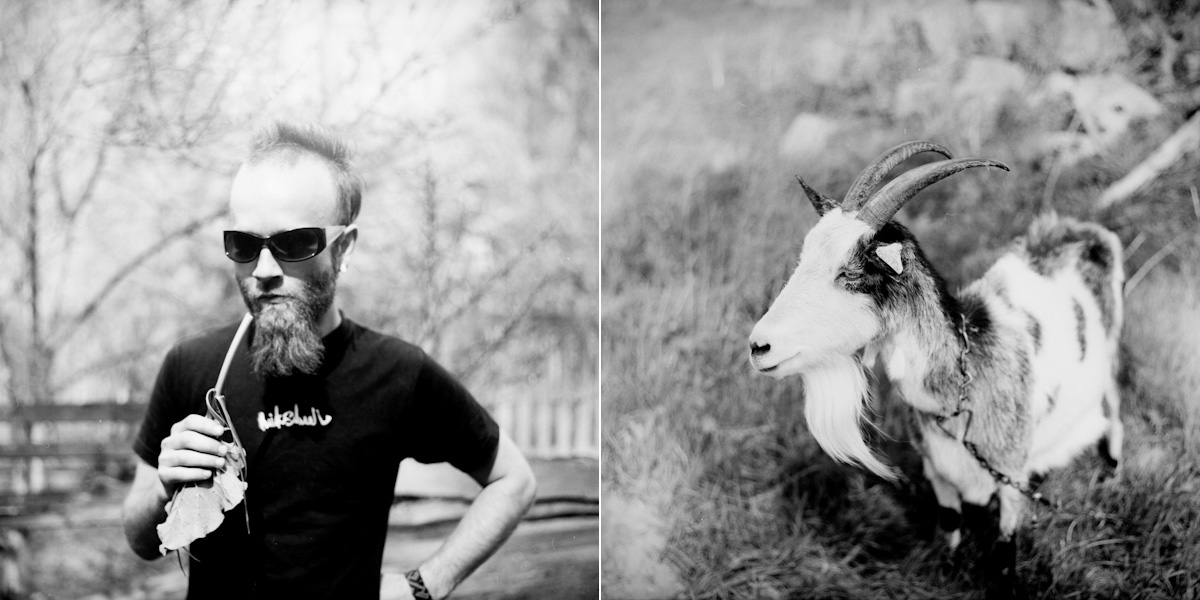Nagore, the second most important Sufi shrine in India, on the tropical coast of Bay of Bengal, not far from Sri Lanka.
***
Nagore, drugie najważniejsze sanktuarium sufi w Indiach, na tropikalnym wybrzeżu Zatoki Bengalskiej, nieopodal Sri Lanki.
Religions are closer than one can imagine, what orthodox followers do not realize is how much they borrow from each other, how one belief, practice, ritual smoothly merges and fuses with another, how one spiritual tradition is based on another, how many exchanges happened before and has been deliberately hidden or obscured by religious authorities interested in monopoly over the souls. Christians, zoroastrians, gnostics, sufi, fakirs, hindu, tantrics, buddhists, from North Africa, Mediterranean to Bengal, there has been constant wandering of mystics, holy men, students of the divine, exchange of ideas. No idea, no language, no culture just ends sharply and behind the fence is the neighbour, completely different from us, as nationalists and fundamentalists would like you to believe. Jesus Christ was not born in the void, Mohammed didn’t really start anything from scratch. Those who have eyes they see. Ignorance about this that could be justified in illiterate peasants of Punjab is a sad joke in case of modern man, with access to unprecedented ocean information. It is no less than our duty to so even more, when we realize, many of those illiterate simple men of far away lands have understood.
Sufi shrine and Hindu style rituals.
***
Religie są bliżej siebie niż mogłoby się czasem wydawać, to czego ortodoksyjni wyznawcy nie chcą albo nie potrafią zauważyć to ilość wzajemnych zapożyczeń, jak jedna wiara, praktyka, rytuał płynnie łączy się i przechodzi w drugi, jak jedna duchowa tradycja jest oparta na innej, jak wiele takich wymian miało miejsce w historii i celowo zostały ukryte przez religijne władze, zainteresowane monopolem nad duszami. Chrześcijanie, gnostycy, zoroastrianie, sufi, fakirzy, Hindusi, tantrycy, buddyści, od Afryki Północnej, basen morza Śródziemnego po Bengal, przez stulecia trwała ich ciągła wymiana i inspiracja, ciągła włóczęga mistyków, świętych ludzi, studentów metafizyki, handel idei. Żadna z nich, żadna kultura nie kończy się po prostu ostro, tak aby za granicą, tą iluzją polityki oddzielenia, zaczynała ta od sąsiada, kompletnie inna, jak chcieliby abyśmy wierzyli wszelacy nacjonaliści i fundamentaliści. Jezus nie urodził się w próżni, Mohammed nie zaczął od zera. Ci, którzy mają oczy, mogą zobaczyć, łatwiej dziś niż kiedykolwiek wcześniej, wystarczy je otworzyć. Ignorancja która mogłaby zostać wybaczona prostym chłopom gdzieś w Pendżabie, jest skandalem w wypadku wykształconego człowieka współczesnej cywilizacji, z bezprecedensowym dostępem do oceanu informacji. To nasz obowiązek zrozumieć, tym bardziej kiedy uświadomimy sobie, że wielu z tych prostych analfabetów odległych, “nierozwiniętych” krain tak naprawdę zrozumiało już dawno temu.
Sanktuarium sufi i rytuały w stylu hinduistów.
Baraka (Arabic: بركة ) is an Arabic term meaning blessing, particularly, spiritual gifts or protection transmitted from God. It is also described as “the greater good” derived from any act. The parallel Jewish term is the cognate Berakhah, in Christianity charisma or divine grace. Baraka also refers to the favorable result of any action due to divine blessing. It is also a Sufi term referring to a sense of “divine presence” or “charisma.”
***
Baraka ( بركة ) jest arabskim terminem oznaczającym błogosławieństwo, a szczególnie, duchowe dary czy ochrona płynąca od Boga. Używa się też tego słowa jako “większe dobro” jakie płynie z jakiegoś gestu czy czynności. Odpowiednikiem w judaizmie jest Berakhah, w chrześcijaństwie charyzmat czy też boska łaska. Baraka odnosi się także do pomyślnego rezultatu jakiejkolwiek akcji uzyskanemu dzięki boskiemu błogosławieństwu. Jest to też termin sufi jaki można przetłumaczyć jako wrażenie boskiej obecności czy charyzma.
As an integral part of the daily spiritual life of Sufis, food provides a way of sharing in the greatest of Divine blessings, of creating unity among people and of linking to all creation. Hospitality and eating together were highly commended by Muhammad and, since early times, Sufis have been associated with the serving of food to others. Communal kitchens and guest lodges for feeding the poor and travelers were features of early Sufi settlements, a tradition that continues in Sahas, or Sufi centers where massive concrete tables may serve up to one hundred diners at a sitting. At moulid festivals, feeding stations are set up to offer food and drink to passers-by.
/ www.enotes.com/food-encyclopedia/sufism /
***
Jako integralna część codziennej duchowej praktyki sufi, jedzenie daje możliwość dzielenia się największymi z boskich błogosławieństw, możliwość tworzenia jedności między ludźmi i połączenia z całym stworzeniem. Gościnność i wspólne jedzenie były zalecane przez Mahometa, i od najwcześniejszego okresu sufich kojarzono z serwowaniem publicznych posiłków. Wspólne, otwarte kuchnie i domy gościnne w których karmiono biednych i podróżników były charakterystyczne dla wczesnych społeczności sufi, tradycja kontynuowana do dziś w centrach w których ogromne stoły mogą obsługiwać nawet stu biesiadujących na raz. Na festiwalach improwizuje się punkty dystrybucji darmowego jedzenia, zwanego langar, rozdawanego wszystkim chętnym niezależnie od wyznania.
***

